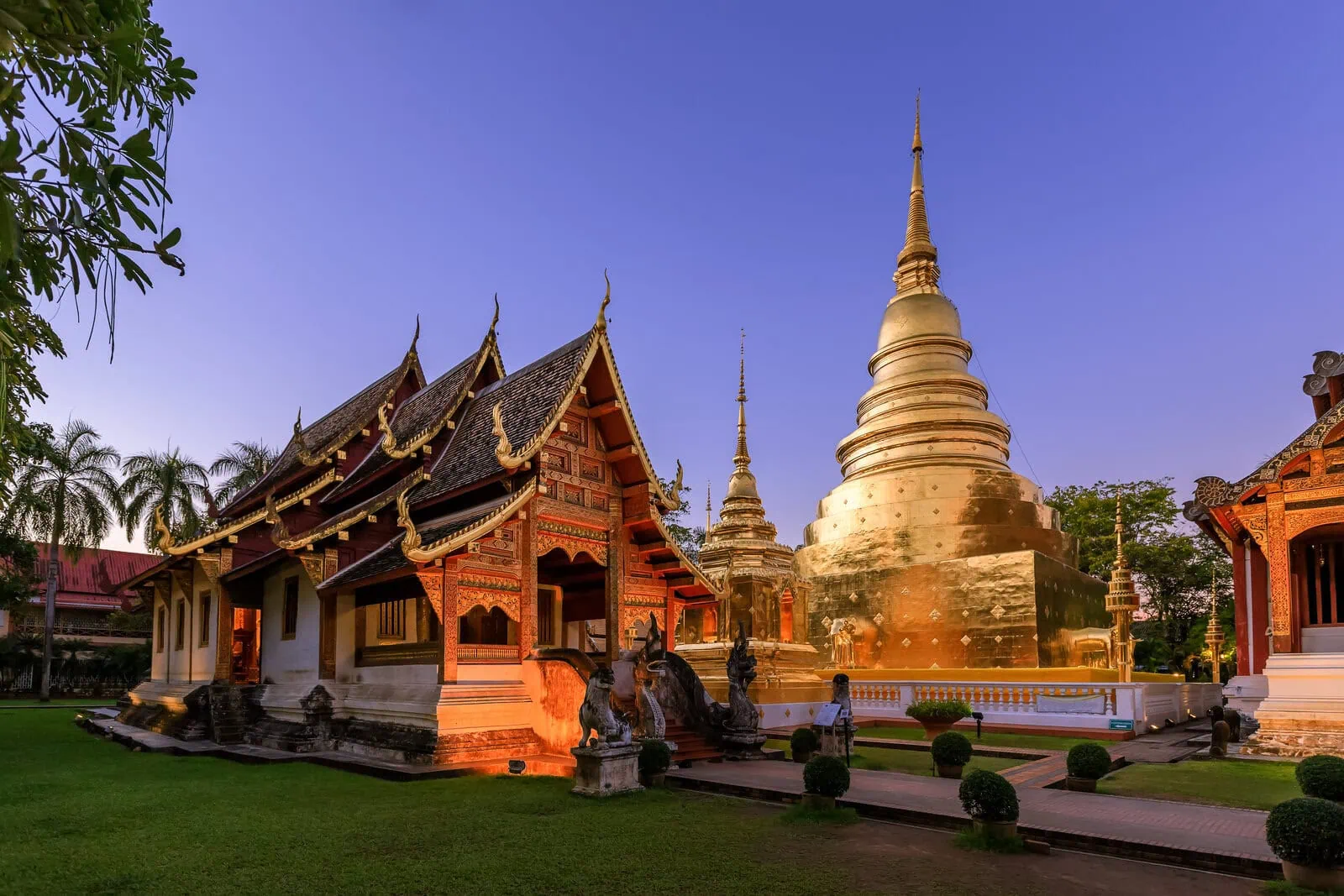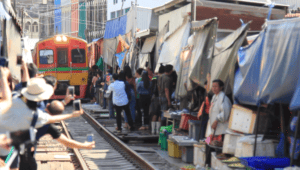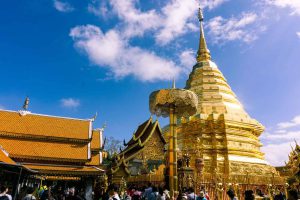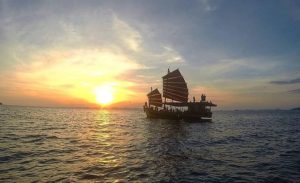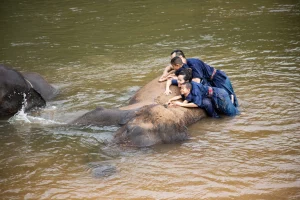Chiang Mai’s temples are more than just architectural marvels – they’re living monuments that tell the story of Thailand’s rich cultural heritage. Each temple offers a unique glimpse into the spiritual heart of this ancient city. Here’s your comprehensive guide to the most remarkable temples that deserve a place on your itinerary.
Wat Phra That Doi Suthep

Rising majestically above the city on Doi Suthep mountain, this temple stands as Chiang Mai’s most iconic landmark. The journey to the temple is memorable in itself, culminating in an ascent up the magnificent Naga staircase with its 306 steps. The elaborate serpent sculptures that line the stairs serve as guardians of this sacred space.
The temple’s origin story is fascinating: according to local legend, a sacred Buddha relic was mounted on a white elephant, which climbed the mountain, circled three times, and laid down at this very spot. This divine sign led to the temple’s construction, and today, its golden chedi gleams brilliantly in the sunlight. Visit early in the morning to experience the peaceful atmosphere and witness the spectacular sunrise over Chiang Mai valley.
Wat Chedi Luang
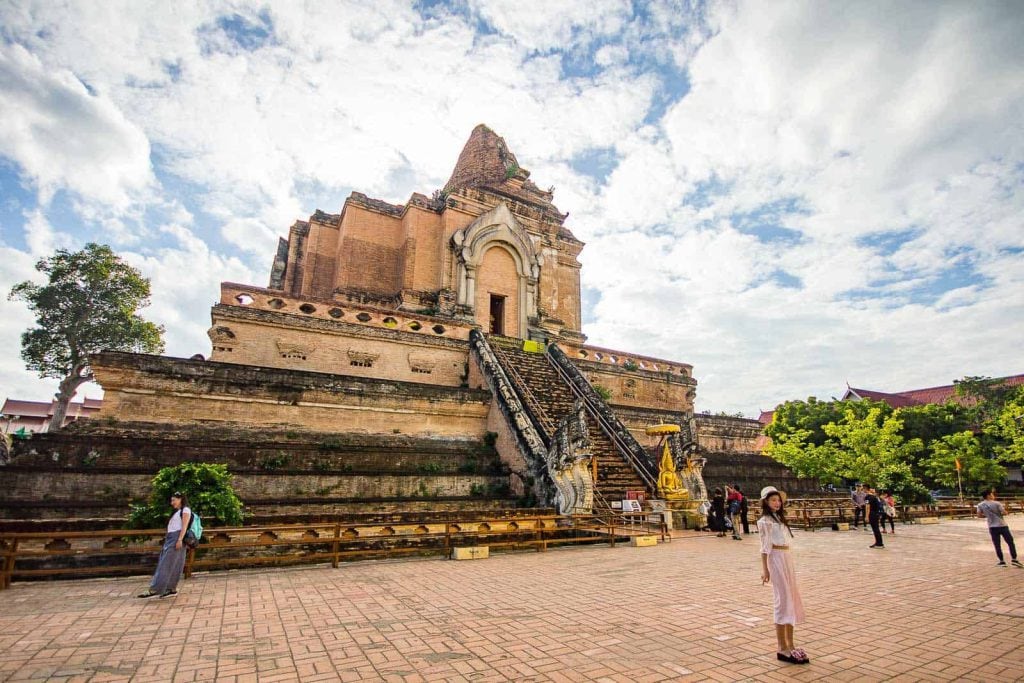
In the heart of the Old City stands Wat Chedi Luang, a testament to the architectural ambitions of ancient Chiang Mai. Constructed in the 14th century, this temple once soared to a height of 82 meters – an extraordinary feat for its time. Though partially ruined by an earthquake, the temple’s remaining structure continues to inspire awe with its impressive stature and historical significance.
The temple grounds tell multiple stories through their various structures. The massive chedi, though weather-worn, reveals intricate details of classical Lanna architecture. Stone elephants stand eternal watch around the base, while the city pillar shrine (Sao Inthakin) continues its age-old role as the spiritual center of Chiang Mai.
Wat Phra Singh
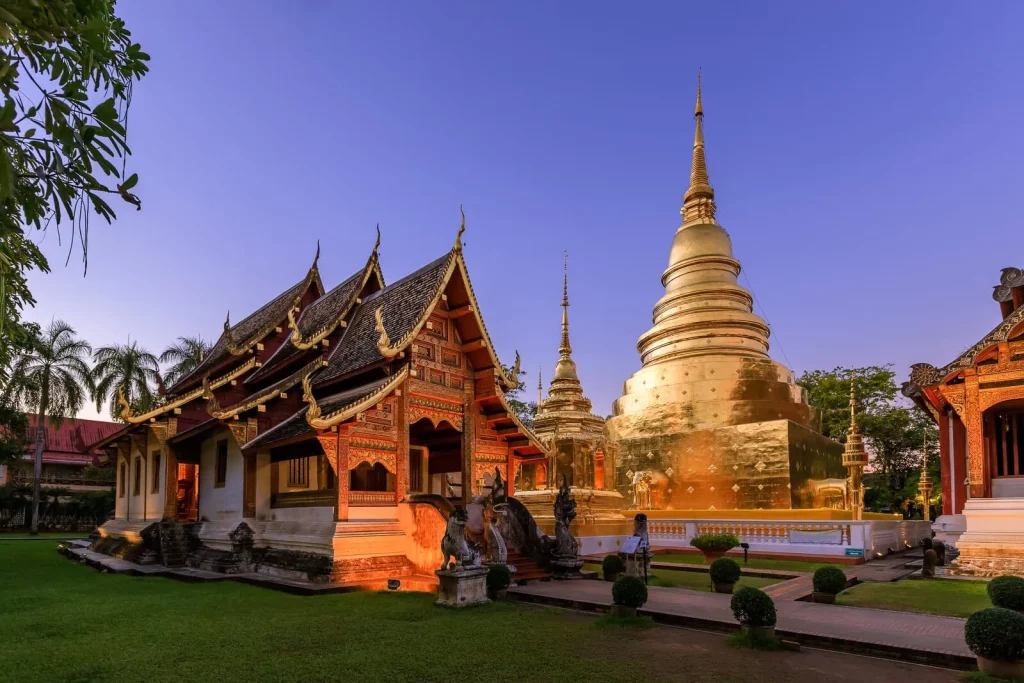
Wat Phra Singh represents the pinnacle of classical Lanna architecture and artistry. Located in the western part of the Old City, this temple has long enjoyed royal patronage, evident in its exquisite craftsmanship. The temple complex houses the revered Phra Singh Buddha image, thought to have originated in Sri Lanka and brought to Thailand via a route that remains the subject of scholarly debate.
The temple’s prayer halls feature some of the finest examples of northern Thai religious art. Intricate murals adorn the walls, depicting both religious scenes and vignettes of daily life from centuries past. During major festivals, particularly Songkran, the temple grounds come alive with cultural celebrations that attract both locals and visitors.
Wat Suan Dok
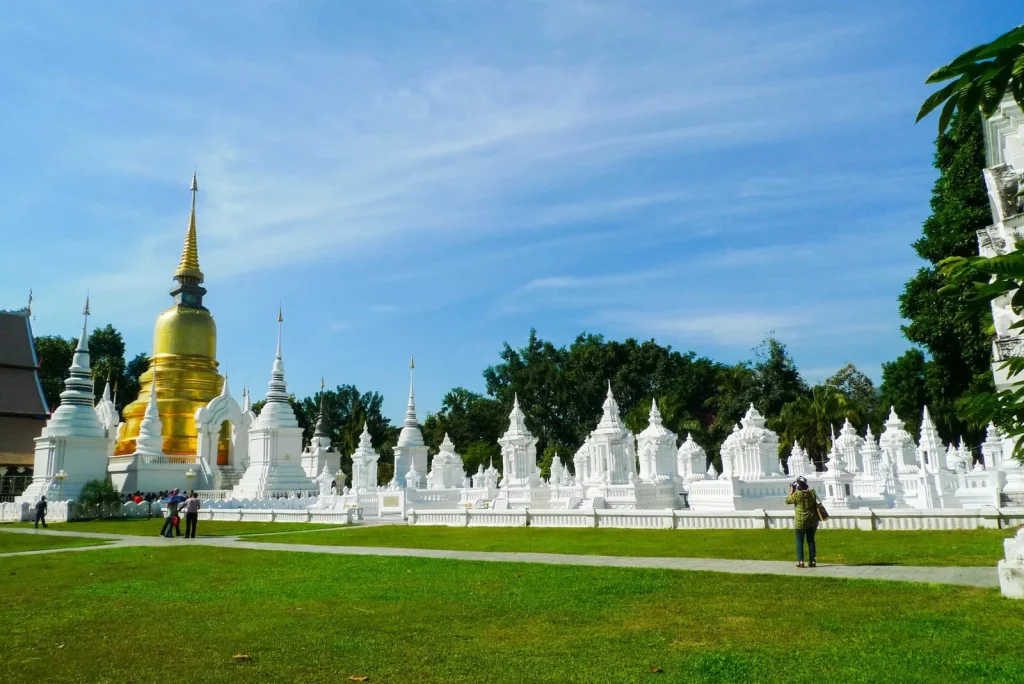
Originally established as a royal garden, Wat Suan Dok transformed into a spiritual sanctuary that now serves as both a temple and a center for Buddhist studies. The distinctive white-washed chedis contain the ashes of Chiang Mai’s royal family, creating a striking visual harmony against the blue sky.
The temple offers a unique opportunity for cultural exchange through its monk chat programs, where visitors can engage in meaningful discussions about Buddhism and Thai culture with resident monks. These conversations provide valuable insights into the spiritual practices that continue to shape Thai society.
Wat Umong
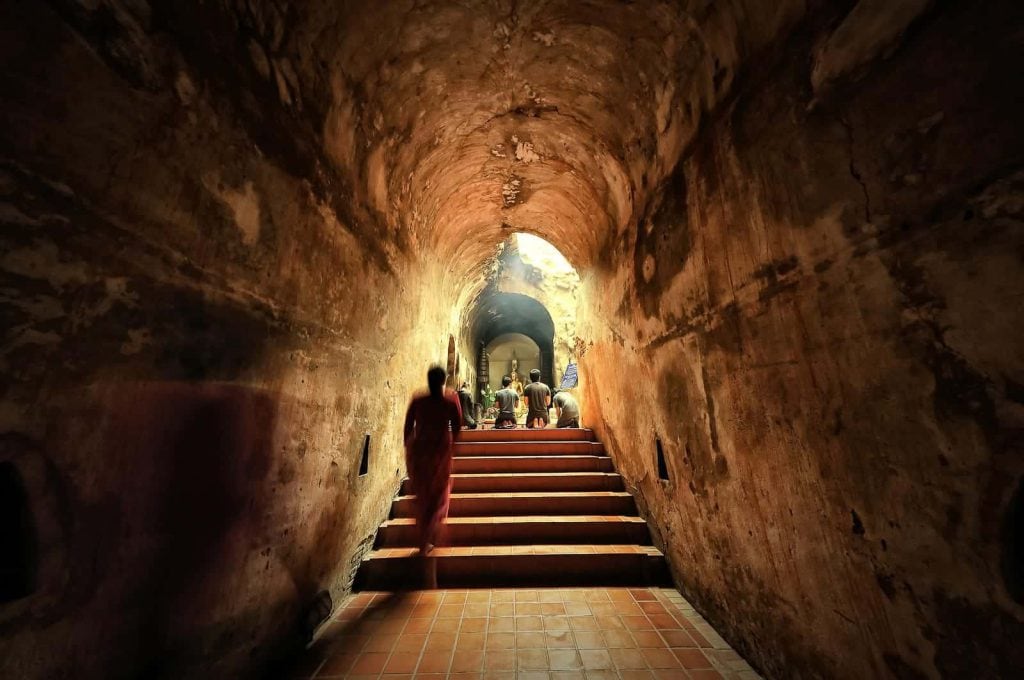
Dating back 700 years, Wat Umong offers a different temple experience amid a peaceful forest setting. Its most distinctive feature is a network of ancient tunnels beneath the main chedi, lending the temple an air of mystery and contemplation. The forested grounds create a natural meditation environment, complete with Buddha images nestled among the trees.
The temple’s peaceful lake and woodland paths provide spaces for quiet reflection, while Buddhist teachings written on small signs throughout the forest offer gentle reminders of life’s important truths. The natural setting makes it an ideal destination for those seeking spiritual connection or simple tranquility.
Tips
When visiting these temples, remember to dress respectfully by covering shoulders and knees, and remove shoes before entering temple buildings. Morning visits often provide the most serene experience, while late afternoon light creates beautiful photography opportunities. Each temple has its own operating hours and may request a small entrance fee that goes toward preservation efforts.
These five temples represent the finest examples of Chiang Mai’s religious architecture, but they’re also living spiritual centers where ancient traditions continue to thrive. Take time to observe, reflect, and appreciate the deep cultural heritage they embody. Whether you’re interested in history, architecture, photography, or spiritual practices, these temples offer profound experiences that will enrich your understanding of Thai culture.

